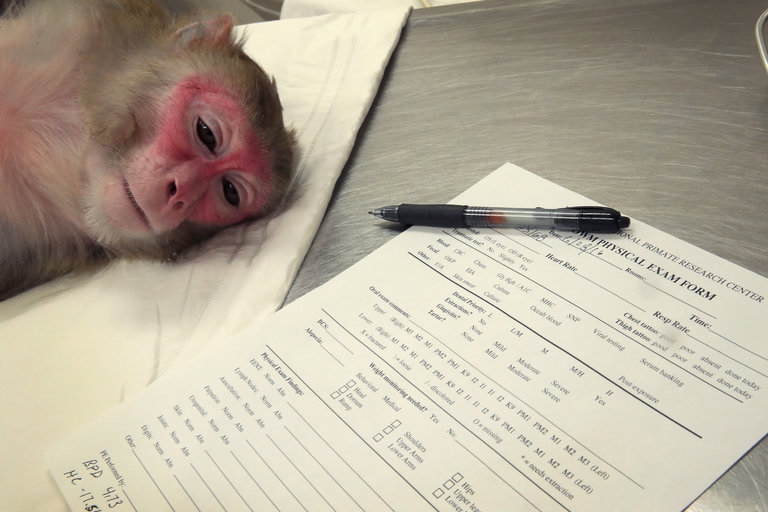
Image: A pregnant rhesus macaque monkey infected with the Zika virus. University researchers released a study that found the Zika virus persisted in the blood of pregnant monkeys for 30 to 70 days but only around seven days in others. Credit Scott Olson/Getty Images
nytimes.com - July 18th 2016 - Donald G. McNeil Jr.
Of the hundreds of monkeys in the University of Wisconsin’s primate center, a few — including rhesus macaque 827577 — are now famous, at least among scientists tracking the Zika virus.
Since February, a team led by David H. O’Connor, the chairman of the center’s global infectious diseases department, has been conducting a unique experiment in scientific transparency. The tactic may presage the evolution of new ways to respond to fast-moving epidemics.
Problem, Solution, SitRep, or ?:
Recent Comments